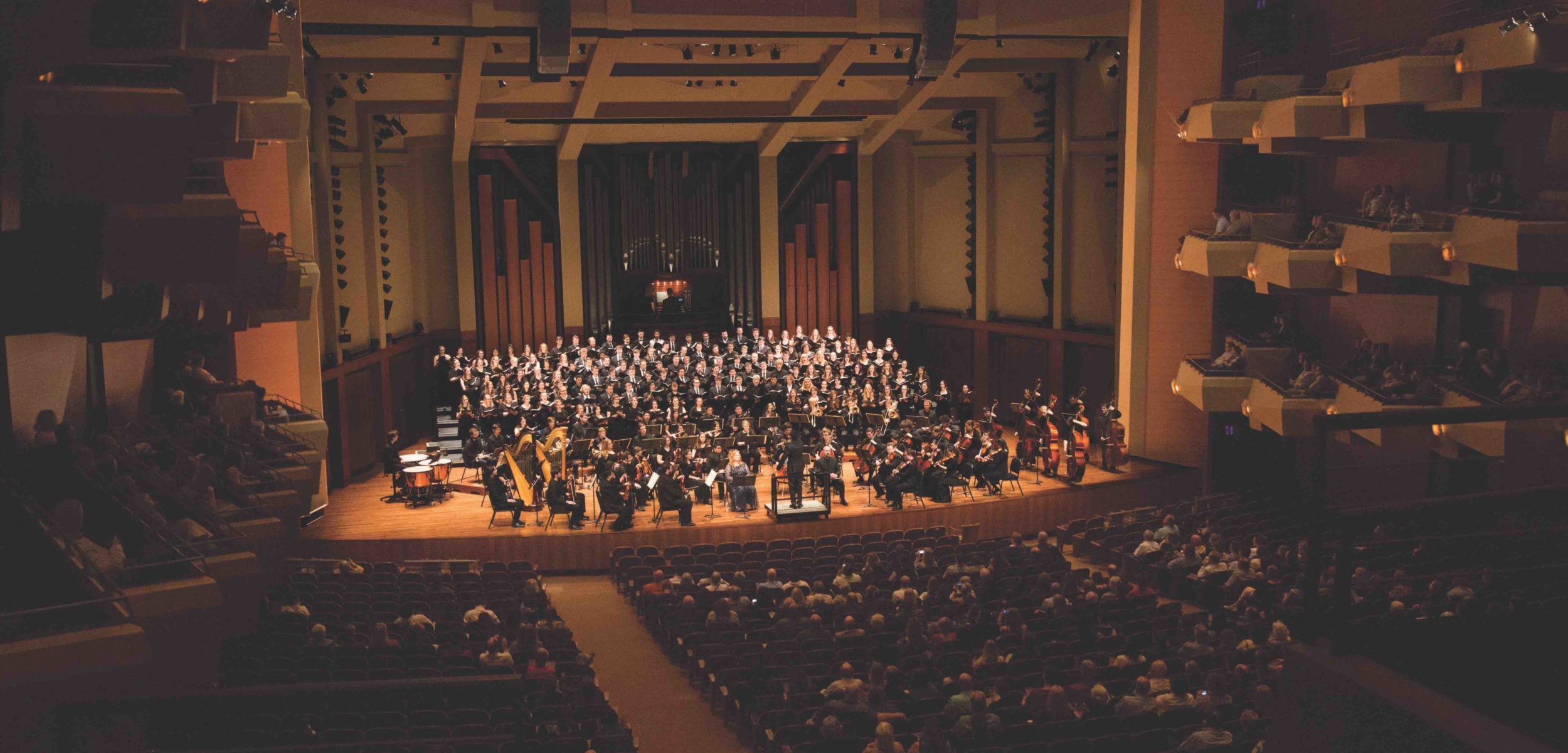
Since the school’s very beginning, CWU halls were alive with the sound of music. From assemblies to marching bands to full-dress operas, music has always played a vital part of university life.
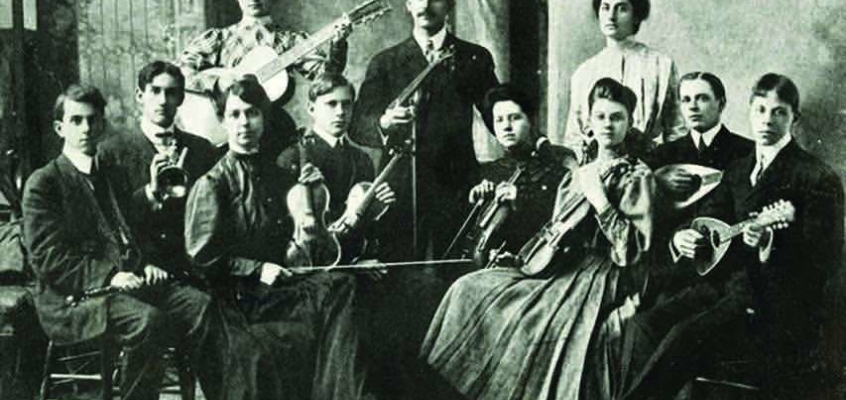
1906 Orchestra
In the early years of the past century, musical groups were massively popular, especially at CWU. There were the Treble Clef (women’s choir), the Men’s Glee Club, the music honorary society Hi Hu Hee Hee (it means “we like to sing” in a Native American language) singing group, and numerous other choirs and ensembles. And who can forget the Ukulele Girls from the Dorms?
“At one point, almost 50 percent of the student body was involved in a music group of some kind,” said Norm Wallen, Unofficial and Self-Appointed Keeper of CWU Music Legend, Lore, and Mythology. Wallen, a 1976 alumnus, has bachelor degrees in music education and performance, and a master’s in music theory and composition. He is a lecturer of jazz studies at CWU and is perhaps the most prolific and diverse composer/arranger in the Northwest.
According to Wallen, music introduced diversity early to CWU as well. In 1917, Miss Floy Rossman went to the Yakama nation and later transcribed their songs, creating a popular program of Native American song. In the late 1920s, the Music Club sought out musicians of different ethnicities to teach songs of their heritage, including a black spiritual choir.
The legendary music chair Wayne Hertz wielded tremendous influence over the direction and future of the department. In the late 1940s, when jazz wasn’t allowed on campus, Hertz encouraged the formation of the Sweecians Swing Band. From this, CWU’s impressive jazz studies program began, one of the first in the nation
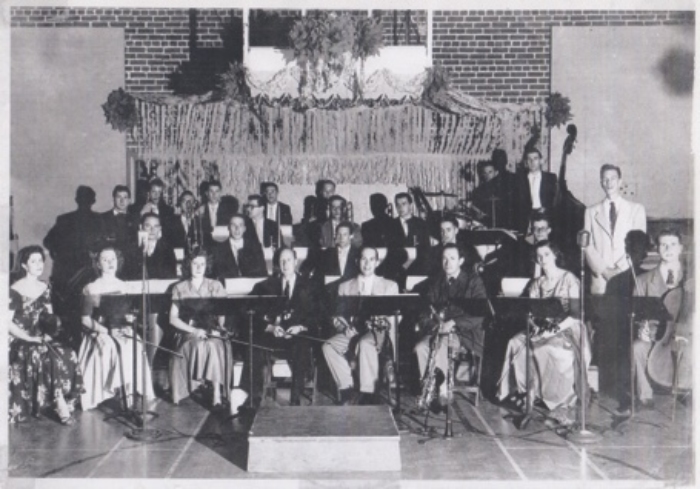
1947 Sweecians Swing Band
Hertz was also prominent in national associations, and with educators from Harvard, Princeton, Yale, and Oberlin, developed the National Music Education Test, still in use. His connections won CWU student groups berths at national conventions. Hertz, who ran the music department for 36 years (1938-1974), left a legacy of music education and innovation that continues to this day.
“I think what makes our department so exceptional,” Wallen said, “is the consistency and continuity of instruction. We’ve had only four band directors in 80 years and only four jazz leaders since the program started. We had a piano teacher, Miss Juanita Davies (of Davies Hall), who taught from 1927 to 1965.
“Our professors are here for decades and are devoted to their students. And those students return here to teach.”

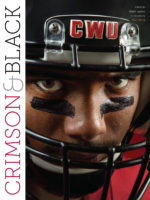
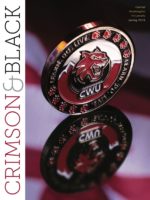
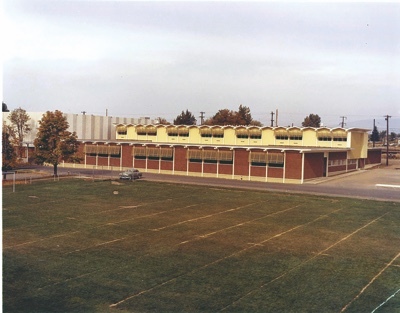
comments powered by Disqus